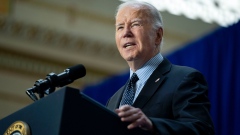Feb 10, 2017
When Trudeau meets Trump: 5 hot-button topics
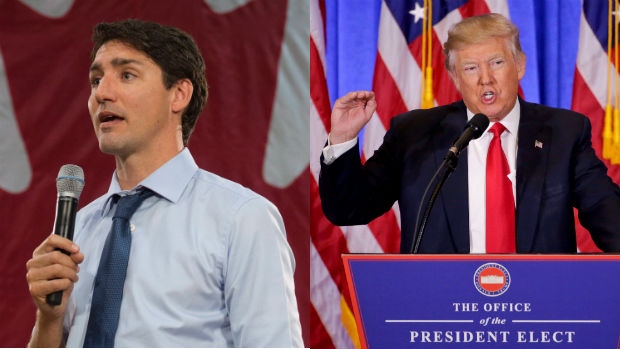
Never in recent history have the stakes been so high for an initial meeting between a Canadian prime minister and the new president of the United States. Normally just a symbolic reaffirming of the close and congenial relationship the two countries have enjoyed for centuries, the February 13th meeting between Justin Trudeau and Donald Trump represents the Liberal leader’s first face-to-face opportunity to learn details of coming U.S. policy changes; many of which pose substantial risks to Canada’s economy. Below, BNN looks at the most critical issues that could be addressed.
NAFTA
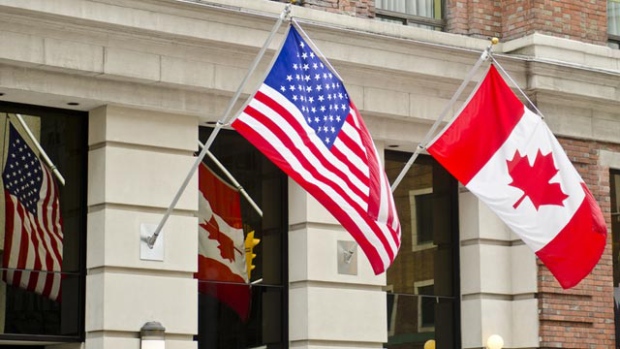
Trade trumps just about everything else in the Canada-United States relationship and with President Trump pledging to move as quickly as possible to renegotiate the North American Free Trade Agreement, trade is by far the most likely topic the two leaders will address.
Wilbur Ross, Trump’s pick as commerce secretary who will be playing a key role in the upcoming NAFTA talks, has hinted at broad areas the Americans want to address. But those areas, such as country of origin rules and dispute-settlement mechanisms, sit at the core of the more than two-decade-old agreement.
TAXES
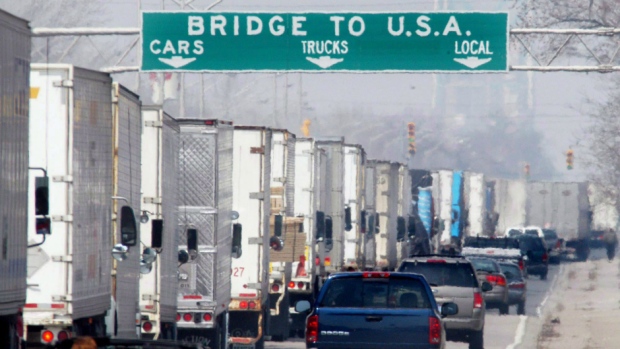
“Phenomenal” U.S. tax reform is just two or three weeks away, according to a comment made by Trump on Thursday.
That one word is enough to give Trudeau pause as one of Canada’s best competitive advantages is the dramatically lower federal corporate tax rate this country has (15 per cent) compared to the United States (35 per cent). Congressional Republicans have a plan to lower the American rate to 20 per cent, which would still give Canada a slight leg up, but Trump himself has expressed a preference for a 15 per cent U.S. corporate tax rate. That would eliminate the Canadian advantage and potentially give incentive for American companies now based in Canada to pick up their stakes and move back home.
Then there is the other element of the House Republican tax reform plan: border adjustment taxes. Implementing just half of a 20 per cent tax on imports into the United States would cause a roughly 10 per cent drop in Canadian exports to the U.S., according to National Bank Financial, which is surely a scenario Trudeau will want to avoid.
SECURITY
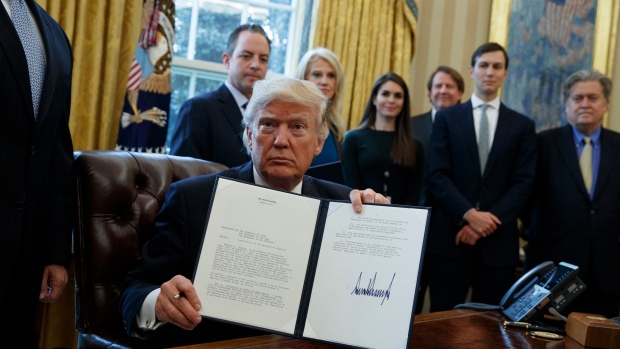
This is clearly a top priority for the new American president and one where Trump could easily claim Canada is not pulling its weight at least as far as spending requirements are concerned.
Trump has long railed against members of the North American Treaty Organization for not spending the required two per cent of GDP on defence and Canada is certainly among that group; spending barely half that level of gross domestic product on the military.
Trudeau would be hard pressed to meet any demands Trump might make for Canada to reach that required spending level as the federal budget is set to run in the red for at least the next few years.
CHINA
On the subject of the world’s second-largest economy, Canadian and American policy priorities can hardly be more at odds.
Ottawa has been aggressively courting Beijing since well before Justin Trudeau became Prime Minister and Canada-China free trade negotiations are supposed to begin before the end of this year. America’s new president, meanwhile, devoted large portions of his campaign platform to attacking China; alleging the world’s most populous country was a currency manipulator and had “stolen” American jobs.
Appointing noted China hawk Peter Navarro as his senior trade advisor would suggest Trump is preparing to turn his rhetoric into action. However, he could be open to changing his mind as far as Chinese policy is concerned: The president reversed his position on America’s longstanding “One China” policy on a call with the Chinese President on Thursday after previously expressing skepticism of the 40-year-old policy.
Many, such as the Fraser Institute, also believe the American desire to re-open the “country of origin” aspect of NAFTA is motivated from a desire to keep products with Chinese components from coming into the United States without being subject to taxation.
KEYSTONE XL
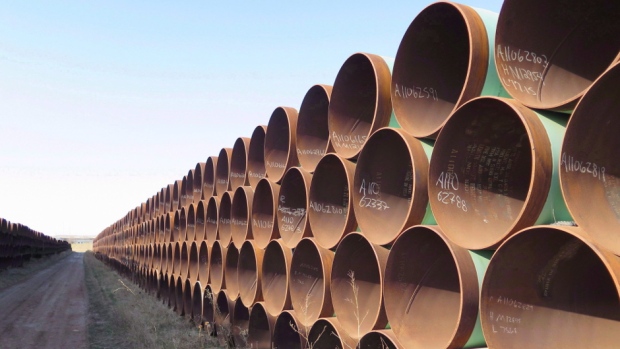
The clock is already ticking on the 60-day deadline Trump gave his State Department to make a decision on whether to approve Calgary-based TransCanada’s third attempt to win approval for its Keystone XL pipeline. March 26th is when that decision must come, but then Trump will be left with the final decision, which he has already said will be subject to a renegotiation of terms.
On the campaign trail in January 2016, Trump said he would only approve the project in exchange for a 25 per cent cut of the profits; similar in concept to the deal British Columbia Premier Christy Clark struck with Texas-based Kinder Morgan last month in exchange for approval of its Trans Mountain pipeline expansion.
Many are watching how the Keystone XL file evolves from here for potential clues about whether any new border taxes the U.S. might impose will apply to shipments of Canadian oil south to the United States.




